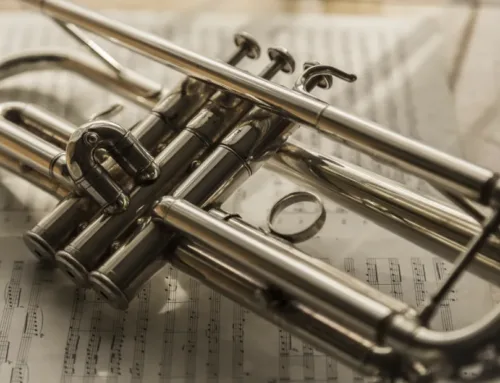Selecting the right brass instrument is crucial when your child is starting their musical journey. Baritones and euphoniums are popular choices, but understanding their differences and key features is essential for making an informed decision. In this beginner's guide, we'll explore what sets these instruments apart, discuss the importance of valve quality, and provide tips on finding the perfect fit for your young musician.
Baritone vs. Euphonium: What’s the Difference?
While baritones and euphoniums may appear similar, they have distinct characteristics that affect playability and sound:
– Size and Shape: Baritones are generally smaller and more compact, making them easier for young players to hold and manage. Euphoniums are larger with a more conical bore, contributing to a deeper, richer tone.
– Sound: Baritones produce a brighter, more focused sound, while euphoniums offer a mellower, more expansive tone due to their wider bell and bore.
– Range: Euphoniums often feature a fourth valve, extending their low range and offering more playing options. This valve is less common on baritones.
When choosing between a baritone and euphonium, consider your child’s size, age, and musical goals. Baritones are often a good starting point, with the possibility to transition to a euphonium as they grow and develop their skills.

The Importance of Quality Valves in Beginner Instruments
Valves are the heart of brass instruments, and their quality can significantly affect a beginner's playing experience. Look for instruments with valves that are:

– Smooth and quiet: Valves should move easily without sticking or grinding.
– Durable: High-quality valves are typically made of sturdy materials like stainless steel or Monel.
– Precisely machined: A perfect seal when pressed is essential for correct sound production.
Some well-regarded beginner baritone and euphonium brands include Yamaha, Jupiter, and Besson. These manufacturers offer instruments with reliable valves and consistent build quality.
Finding the Right Fit: Size Considerations for Young Players
Ensuring your child’s instrument is comfortable to hold and play is crucial for fostering a positive learning experience. Consider these factors when selecting a baritone or euphonium:
– Weight: Choose an instrument that your child can comfortably manage without strain or fatigue.
– Reach: Ensure your child can easily reach all the valves and keep a balanced grip.
– Adjustability: Some beginner instruments feature adjustable thumb rests or finger hooks to accommodate different hand sizes.
Consult with your child’s music teacher or a knowledgeable music store professional for guidance on finding the best fit.
When embarking on your child’s musical journey, keep these key factors in mind:
– Understand the differences between baritones and euphoniums
– Prioritize valve quality and durability
– Ensure a comfortable, well-balanced fit for your young player
– Consider your child’s age, size, and musical aspirations

By selecting the right instrument and providing support and encouragement, you can help your child develop a lifelong love for music. As they progress, be sure to explore more resources like Practicing Musician’s free online baritone and euphonium lessons. Remember, every musical journey begins with a single note – make sure your child starts on the right one by choosing the best beginner baritone or euphonium for their needs.
Ready to take the next step? Check out this informative video on “Picking Out Your Baritone/Euphonium – Renting Vs. Buying” to learn more about getting the perfect instrument for your young musician: https://vimeo.com/470450765.







Leave A Comment
You must be logged in to post a comment.